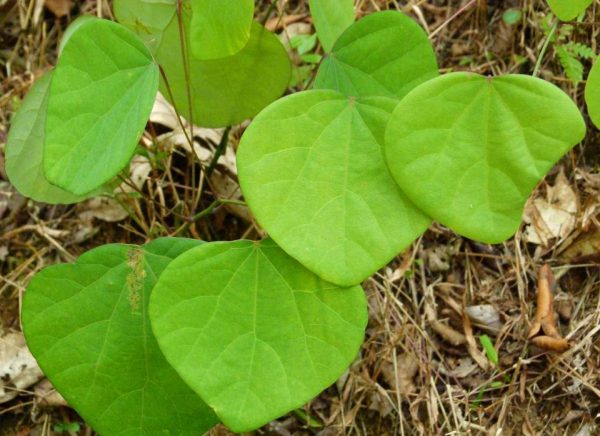Vijayasar (Pterocarpus marsupium): The Medicinal Tree for Diabetes Management
Basonym of Drug: The medicinal herb known as Vijayasar is scientifically referred to as Pterocarpus marsupium.
Main Synonyms: In Ayurveda, Vijayasar is known by various synonyms, including:
- Asana
- Priyaka
- Bijasara
- Pitasara
- Peetashalaka
Regional Name: Vijayasar is also known by different names in various regional languages. Some common regional names include:
- Hindi: Bijasar
- Bengali: Piyasal
- Kannada: Honne
- Malayalam: Venga
- Marathi: Asana
- Tamil: Venga
- Telugu: Erra Chandanam
Botanical Name: The botanical name of Vijayasar is Pterocarpus marsupium.
Family: Vijayasar belongs to the Fabaceae family.
Classification of Dravya (Gana) as described in Charak and Sushrut: In the classical Ayurvedic texts of Charak and Sushrut, Vijayasar is classified as follows:
- Charak: Vijayasar is categorized under the group of “Tikta Skandha,” meaning it has a bitter taste and astringent quality.
- Sushrut: In Sushrut Samhita, Vijayasar is classified as “Pitta Shamak” (pacifies Pitta dosha) and “Kapha Vata Shamak” (pacifies Kapha and Vata doshas).
External Morphology: Vijayasar is a large deciduous tree with a straight trunk and a broad crown. The leaves are pinnately compound, and the flowers are small, greenish-yellow, and inconspicuous.
Useful Parts: The useful part of Vijayasar is the heartwood.
Important Phytoconstituents: Vijayasar contains various bioactive compounds, including pterostilbene, marsupin, and epicatechin, which contribute to its medicinal properties.
Rasa Panchaka: The Rasa Panchaka (five tastes) of Vijayasar is as follows:
- Rasa (Taste): Bitter (Tikta), Astringent (Kashaya)
- Guna (Quality): Heavy (Guru), Dry (Ruksha)
- Virya (Potency): Cold (Shita)
- Vipaka (Post-digestive taste): Pungent (Katu)
Action on Dosha, Dhatu, and Mala: Vijayasar primarily pacifies the Pitta dosha. It acts on the Rasa (plasma) and the Rakta (blood) dhatus and has an effect on the Mutra (urine).
Prayogarha Vyadhi (Therapeutic Indications): Vijayasar is utilized in Ayurvedic medicine for various therapeutic purposes, especially in managing diabetes and related conditions. Some of its key therapeutic indications include:
-
Diabetes Management: Vijayasar is known for its antidiabetic properties and is used to help manage blood sugar levels.
-
Urinary Disorders: It is used in urinary disorders like urinary tract infections and urinary retention.
-
Skin Disorders: Vijayasar is used externally for managing skin conditions like wounds and inflammation.
Amayikaprayoga and Matra (Therapeutic Administration and Dose): Vijayasar is commonly administered in various forms, including powder, decoction, and medicated formulations. The dosage and administration depend on the specific condition and the individual’s constitution. Commonly used forms and doses include:
- Vijayasar Churna (Powder): 3-6 grams, once or twice a day.
- Vijayasar Kwath (Decoction): 50-100 ml, once or twice a day.
- Vijayasar Vati (Tablet): As per the manufacturer’s instructions.
Vishishta Yoga (Names of Important Formulations): Vijayasar is an essential ingredient in various Ayurvedic formulations used for diabetes management. Some important formulations include:
- Vijaysar Churna: A powder preparation with Vijayasar, used for diabetes support.
- Chandraprabha Vati: A tablet containing Vijayasar and other herbs, used for urinary disorders and diabetes management.
Vishakta Lakshan (Adverse Effects): Vijayasar is generally safe when used in appropriate doses under the guidance of an Ayurvedic practitioner. However, excessive internal use may cause mild digestive discomfort in some individuals.
Chikitsopachara (Remedial Measures): Vijayasar is a valuable herb when used correctly. Proper dosing and considering an individual’s specific health conditions are essential aspects of its therapeutic application.
Shodhana (If Required): Vijayasar does not typically require shodhana (purification) procedures.
Vijayasar, the medicinal tree for diabetes management, holds significant importance in traditional Ayurvedic medicine. It is used for various therapeutic purposes, especially in managing diabetes and related conditions. As with any herbal remedy, it is essential to use Vijayasar under the guidance of a qualified Ayurvedic practitioner for optimal benefits and safety.
Please don’t forget to comment about how you like the post. Your feedback is valuable, and if there are any corrections or additional information needed, please let us know. We strive to provide accurate and informative content to meet the needs of our readers. Thank you for your support and trust.



